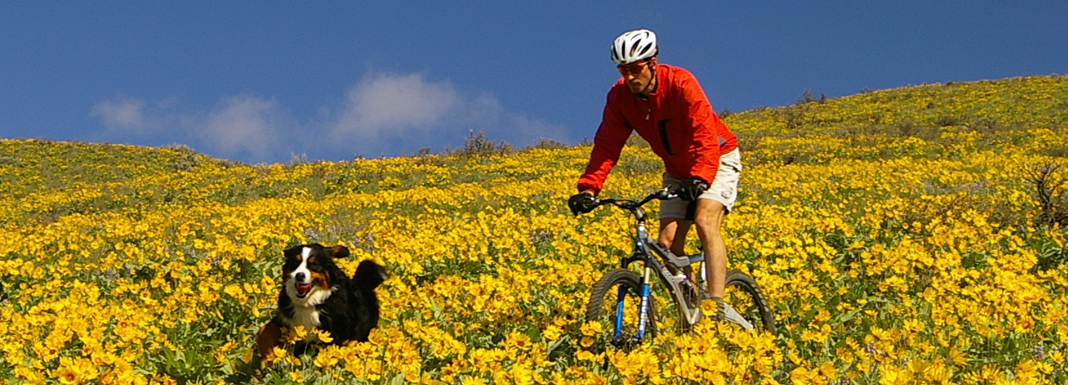Skin responds to friction and pressure by thickening. This is helpful until the skin becomes so thick it actually hurts. Skin that thickens without a core is called callus. They usually form under the foot. Corns are thick spots of skin with a deep, central core. They usually form on the toes.
When a corn develops on the sole of the foot, they are often associated with metatarsalgia, a general term for pain of the bones found in the sole, or ball, of the foot (associated with the metatarsal joints). Metatarsalgia can be caused by poor footware, disease, and repeated stress. The main symptom is pain in the foot when standing.
Symptoms include an obvious hard growth on the skin of the foot that causes pain when pressure is applied to it, as well as swelling, redness, and discomfort when wearing shoes. Corns often have a uniform, waxy appearance. They are more common in women than men.
Home remedies for corns and calluses are potentially dangerous; check with your doctor or a podiatrist. They will look for the cause of the corn or callus, which must be treated along with the corn or callus itself. Treatments include:
• Avoiding shoes that are too tight or too loose
• Wearing shoes with an extra-large toe box
• Use of a pumice stone or other abrasive to reduce the thickness of the corn
• Use of pads around the corn to relieve pressure
• Inserts for shoes (over-the-counter or custom orthotics)
• Softening creams
• Shaving the corn with a scalpel
If these conservative treatments fail, surgery may be required to keep the bone(s) from rubbing or pressing into the skin. More
Contributed by Gene Mirkin, DPM
Checked 12/22/22

